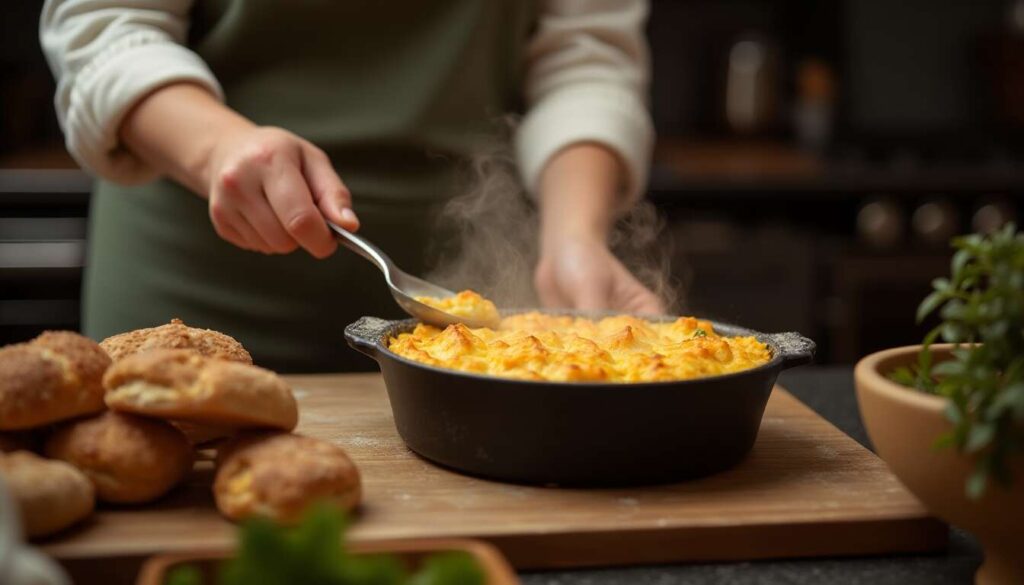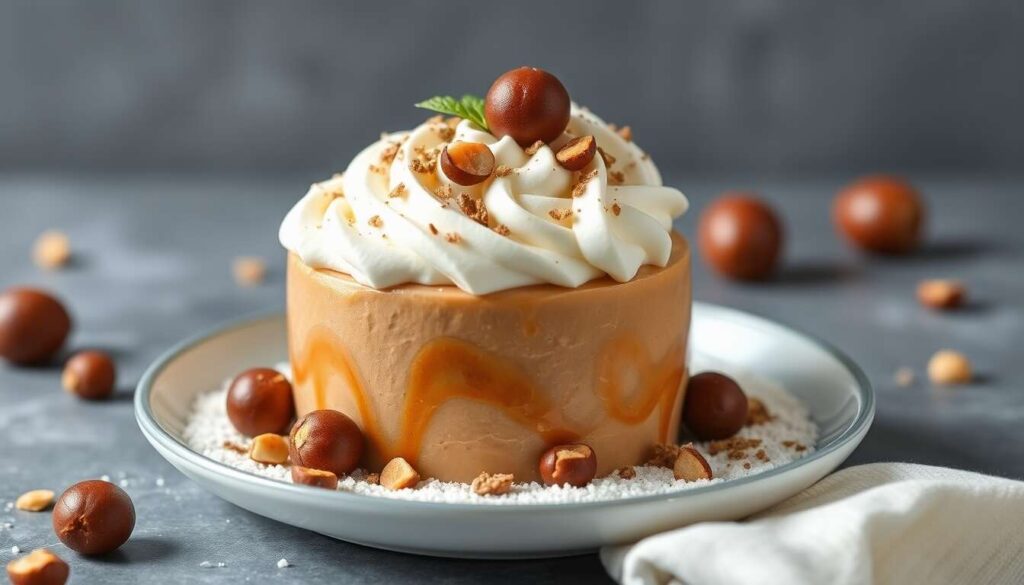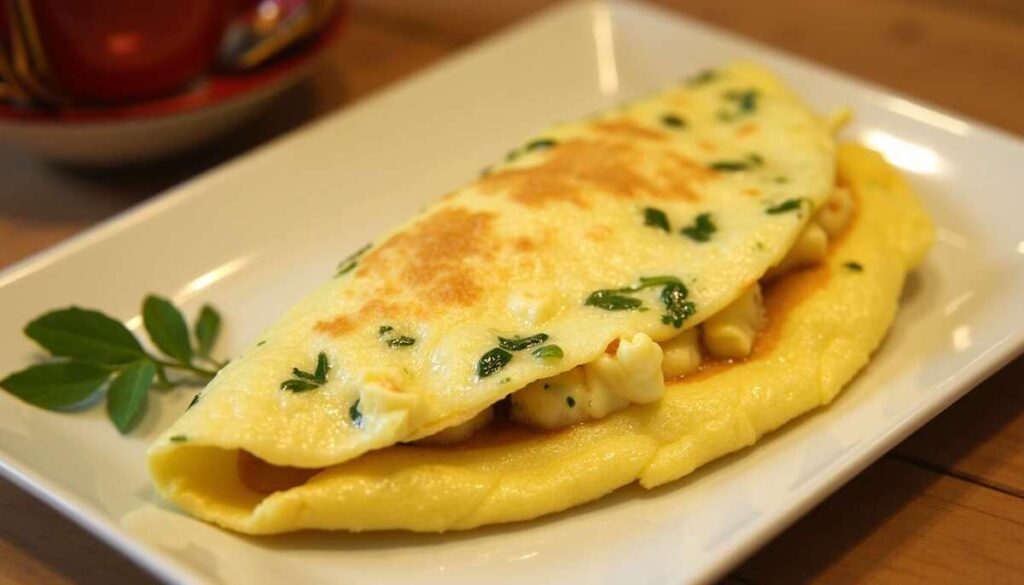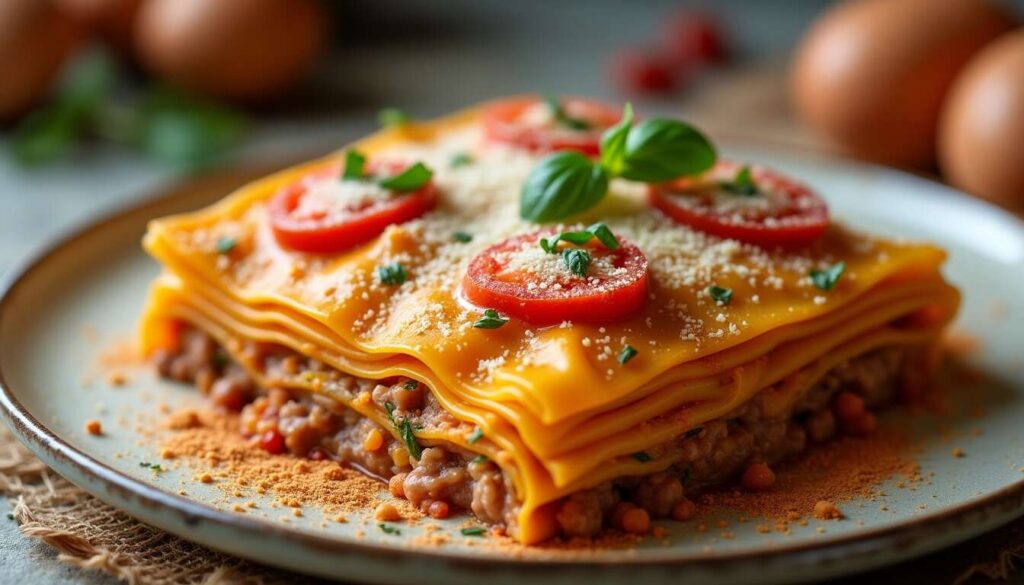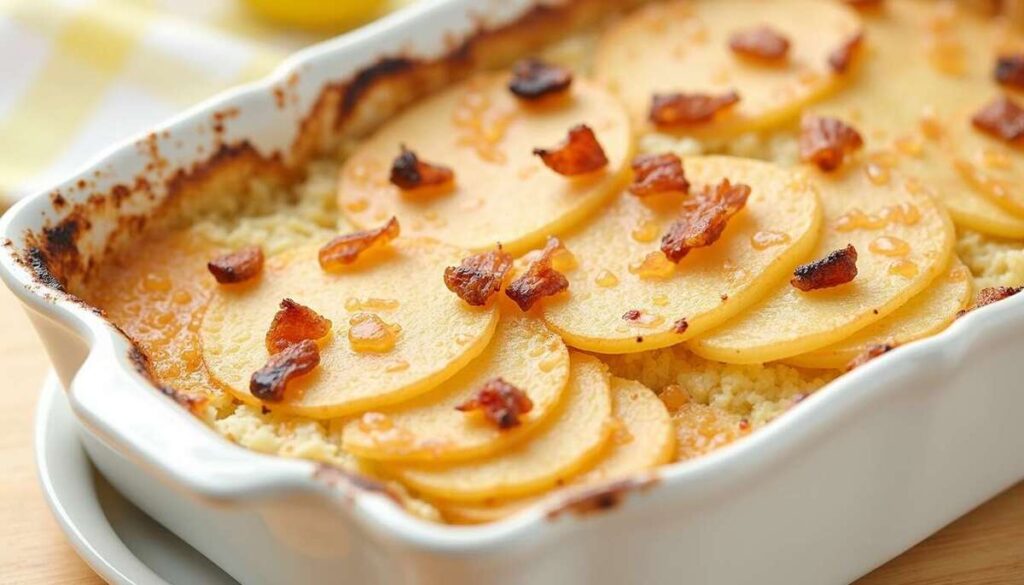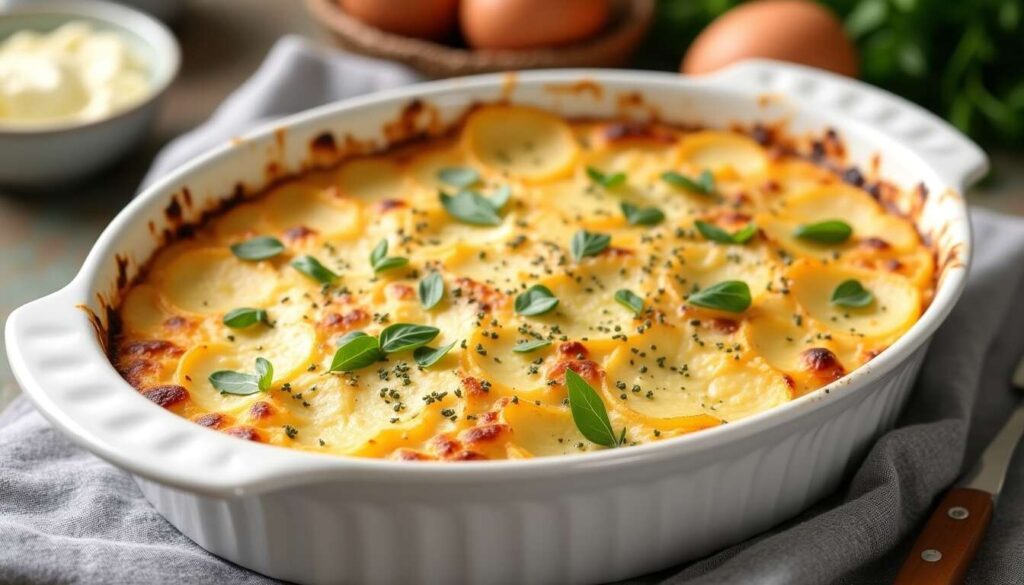Gratins, whether made with potatoes, macaroni, or vegetables, represent one of France’s great culinary traditions. Yet, achieving the golden, flavorful texture that we love so much in restaurants can often prove challenging. Issues with browning can arise from various factors, and here are some tips to overcome them.
Understanding the importance of cooking
Temperature: A Crucial Parameter
The oven is the primary tool for cooking a gratin. However, the cooking temperature plays a significant role in the success of your dish. To achieve the desired browning, it is essential to bake the gratin at a precise temperature. An oven set between 180 °C and 200 °C facilitates the Maillard reaction, a chemical reaction between amino acids and sugars that produces that appetizing brown color. Tip: use an oven thermometer to check the exact temperature.
The Influence of Cooking Time
In addition to temperature, the duration of cooking is equally important. Undercooking will prevent the gratin from developing the necessary aromas, while overcooking can risk drying it out. Ideally, your gratin should cook for between 45 and 60 minutes, depending on the thickness and ingredients used. Consider using aluminum foil to prevent excessive browning at the beginning of the cooking process.
Now that you’ve mastered the basics of cooking, let’s turn our attention to selecting the right ingredients for your gratin.
Choosing the right ingredients
Potatoes: The Foundation of Any Successful Gratin
Potatoes often steal the spotlight in gratins. However, their variety can greatly influence the final result. To achieve the ideal texture, choose starchy varieties such as Agria or Charlotte. These types ensure a creamy and flavorful gratin. Note that it’s best not to rinse the potatoes after cutting them to preserve the starch.
The Role of Milk and Cream
Milk and cream provide the necessary creaminess to the gratin. It’s advisable to mix whole cream with milk to strike a balance between richness and lightness. A whole cream, with at least 30% fat content, is ideal for an intense flavor. On the other hand, increase the milk ratio if you prefer a lighter dish.
- For a creamy gratin: 50% cream and 50% milk
- For a lighter dish: 30% cream and 70% milk
Well-equipped with the right ingredients, it’s time to focus on mastering their preparation.
Mastering the art of preparation
Techniques for Cutting
The cutting of ingredients significantly impacts the cooking process and texture of the gratin. Uniform, thin slicing ensures even cooking. Mandolins are extremely effective tools for achieving evenly thick potato slices, preventing uneven cooking and guaranteeing a professional result.
Seasoning like a chef
Seasoning is often an underestimated yet crucial step in preparing a gratin. For a well-distributed flavor, it’s essential to lightly salt each layer of ingredients when assembling the gratin. Don’t forget a pinch of nutmeg to subtly enhance the flavors of your dish. Tip: taste a bit of each layer after seasoning to adjust according to your preferences.
Now that you have mastered the preparation, the next trick will help elevate your gratin.
The secret to a delicious gratin
The secret to a golden crust
To achieve that golden and crunchy crust renowned in restaurant-style gratins, it’s crucial to add grated cheese on top. Varieties like Gruyère or Emmental melt beautifully and brown splendidly. At the end of cooking, activate your oven’s grill function for a few minutes to reach the pinnacle of crispness without drying out the dish.
The right moment to place in the oven
It is advisable to place the gratin in the oven only after it has reached the ideal temperature, neither too early to prevent sogginess nor too late to avoid unnecessary overcooking. This not only guarantees a golden crust but also ensures a remarkably creamy finish. Remember: patience is your ally in achieving the perfect gratin.
To complete your gratin to perfection, the choice of dish is a determining factor.
Selecting the right dish
Materials and Heat Conduction
The choice of cooking dish is pivotal for achieving a perfectly browned gratin. Glass or ceramic dishes are recommended as they conduct heat evenly, while metal dishes may lead to uneven browning. A dish that is too thick can prolong cooking time, whereas a dish that is too thin may not ensure uniform heat distribution.
| Type of dish | Advantages | Disadvantages |
|---|---|---|
| Ceramic | Gentle conduction, good heat distribution | Heavy, may break |
| Glass | Good visibility, heats uniformly | Risk of thermal cracking |
| Metal | Heats quickly, lightweight | Risk of burning edges |
The size of the dish: A factor not to neglect
The size of the dish affects the height of the gratin and, consequently, its cooking. A too large dish will spread the mixture too thin, risking it drying out, while a small dish will favor uniform cooking but may take longer. Opt for a container suited to the quantity of your preparation.
With the ideal dish selected, the next step is to ensure flawless cooking.
The key to perfect cooking
Managing moisture
Moisture is crucial to prevent a dry or overly compact gratin. To retain this moisture while allowing for an attractive browning, you can cover your gratin with aluminum foil for the first 30 minutes of cooking and then remove it. This technique aids in preventing excessive moisture loss while browning the surface.
Ensuring immediate tasting
Once the gratin is properly cooked, allow it to rest for a few minutes outside the oven before serving. This lets the aromas mingle and the flavors distribute evenly throughout the dish. Serving it immediately after this short rest helps maintain its perfect texture.
With all these elements in place, it’s time to explore how to personalize your gratin while preserving its traditional character.
Personalizing your gratin without missing a note
Creative Variants
A gratin does not require strict conventions; it offers an opportunity to express your culinary creativity. You can add:
- Various vegetables: zucchini, leeks, mushrooms
- A touch of protein: ham, bacon, or chicken
- A mix of cheeses for a more complex flavor
Tips for successful personalization
To enhance the essence of the gratin while making it unique, make sure to:
- Balance flavors by avoiding overloading with too many ingredients
- Keep the same base of potatoes or pasta to maintain the classic texture
- Control the seasoning at each stage of preparation
Now you know how to personalize a gratin successfully, adding yet another aspect to creating a dish that meets your expectations.
Every aspect discussed in this article, from cooking to ingredients, combines essential elements needed to achieve the ideal gratin. By following these tips, your gratins will always boast that perfect golden hue that tempts our taste buds in restaurants. The balance between quality ingredients, careful cooking, and precise preparation is the best recipe for a flavorful and visually appealing gratin. Above all, don’t forget to add your personal touch for a truly unforgettable experience.

